At AcelaBio, our employees come first. We engage inspired and talented individuals who help us shape the future of delivering reliable, high-quality clinical research services. Today, we are highlighting one of our employees, Jen Simmonds, Histotechnologist. We asked Jen some questions and to take us through a day in her role at AcelaBio!
How long have you been in the position of Histotechnologist?
I have been a Histotechnologist for approximately 1.5 years, and have been at Acelabio for nine months.
What was your educational background in preparation for becoming a Histotechnologist?
My education to become a histotechnologist involved obtaining a bachelor’s degree in biology and attending a post-baccalaureate histotechnology program.
How do you start your morning?
I start my morning with a cup of coffee (outside the lab of course 😉) and then I set the lab up for the day. I set up all the water baths for microtomy, run daily H&E control, check to see what studies I’ll be working on and whether IHC will be performed to get the reagents out.
What is a typical day like in your role?
Most days are different here at AcelaBio. Some days are spent cutting blocks and routine H&E staining. Other days are spent doing IHC assay development and RNA extraction from FFPE (Formalin Fixed Paraffin Embedded). The day will vary depending on what I need to do, and how long each task may take. For example, RNA extraction from FFPE takes around 7 hours. Cutting can be an all-day process depending on how many blocks we have in-house. I can cut quality sections from about 120 blocks per day if I dedicate all my time to microtomy. GI tissue can be very difficult sometimes with dryness and wrinkles, so it is important to take your time to produce quality slides. IHC runs are on average 3-3.5 hours, with most of the work at the beginning loading the slides and reagents, and at the end taking them off and looking at the slides under the microscope. Grossing and embedding are pretty fast, especially since we only get a few vials at a time due to the slow recruitment of study subjects. Processing tissue takes around 2 hours and 15 minutes.
Tell us about how a histotechnologist fits into the lifecycle of a clinical trial? Where/what stage do you become involved?
A histotech is essential in the histopathology part of a clinical trial. The slides that a histotech produces help to determine whether a drug is effective. Ultimately, the slide a histotech creates gets reviewed by a pathologist. The scoring a pathologist does on the slides and determination of the disease state at a particular time point will help determine if a drug is effective.
Where/when does your role finish during the trial process?
My role finishes during the trial process once a slide has been digitized for review by a pathologist/central reader.
How does the equipment you work with help you in your daily role? How is the equipment different from what other labs may use?
Everything we do requires some type of equipment. We have top-of-the-line instrumentation at AcelaBio, which is not necessarily the case in other labs I have been in. The equipment we use, the
stainers, in particular, help to create consistent results. My favorite piece of equipment in the lab is our slide/block storage device, the Kardex.
Advice for anyone who wants to be in this industry?
My advice for anyone who wants to be in this industry is to always be willing to learn and try things that are outside of your comfort zone.
How do you feel working at AcelaBio?
I love my position at AcelaBio. I am always learning new things and I have been given new opportunities that I wouldn’t have had otherwise at another company. We have a great team and work environment that I feel very grateful for.





